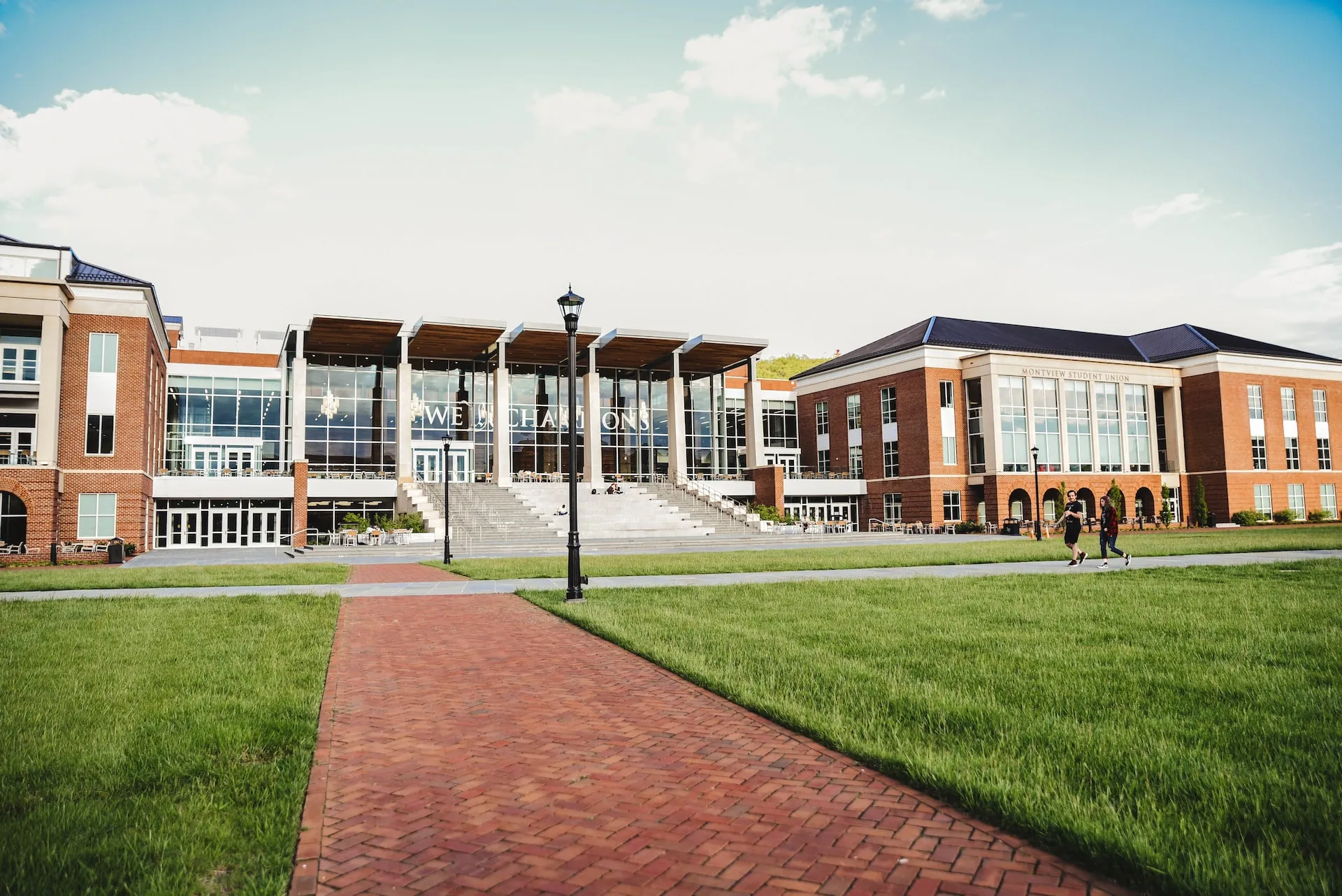
As a superintendent or director of school security, ensuring the safety and well-being of your students is your top priority. This is why protecting your building perimeters from potential threats is critical. Perimeter security measures act as an important part of any comprehensive school resource plan; however, their efficacy depends upon careful evaluation and continuously revisited solutions to ensure they are suitable for each unique campus setting.
This post will provide information on how to assess your school’s current perimeter security system as well as strategies for implementing stronger protective measures in order to keep faculty, staff members, and students safe.
1. Assess the current state of your school’s perimeter security
As we continue to prioritize student safety, it’s essential to assess the current state of your school’s perimeter security. Perimeter security refers to the physical barriers and measures that protect school grounds from unauthorized access or potential threats. With the rise of school shootings and incidents of violence, perimeter security has become an essential aspect of school safety. Evaluating the effectiveness of your school’s perimeter security and identifying potential vulnerabilities is paramount to ensuring the safety of students, staff, and visitors. By conducting a comprehensive assessment, school administrations can implement targeted security measures to mitigate risks and enhance student safety.
Want help evaluating your buildings’ perimeter security? NGS offers building perimeter security surveys for schools anywhere in the country!
2. Analyze the threats and risks that can impact your school’s security
As educators, we are committed to creating a safe and secure learning environment for our students. But in today’s world, it is important to recognize that schools can face a multitude of threats and risks that can impact their security. From natural disasters to violent incidents, it is crucial that schools have a comprehensive security plan in place to address these potential hazards. This plan should include measures such as regular drills, surveillance systems, and emergency communication protocols, as well as ongoing training and awareness programs for staff and students alike. By proactively identifying and addressing these risks, we can work together to ensure the safety and well-being of our school communities.
Here’s a quick checklist to use for assessing the building perimeter security of your schools:
- Inspect all entry and exit points for weaknesses, such as unlocked doors or broken locks.
- Check for any unprotected or unhardened windows that may be easy to access or break by intruders.
- Ensure perimeter fences are sound and in good condition.
- Verify surveillance cameras, alarm systems, and motion sensors are all working properly.
- Monitor for any unauthorized visitors entering or loitering around the premises.
- Confirm that security lighting is sufficient and working correctly.
- Assess if there are any areas of overgrown landscaping that could provide cover to a potential intruder.
- Make sure gates are operational and secure when closed.
3. Understand what type of building perimeter security solutions are available
As we continue to face numerous security threats, it is crucial to have robust perimeter security solutions for buildings. Fortunately, the market is flooded with various types of security solutions, each tailored to particular needs. From physical barriers like walls and fences to access control systems such as card readers and biometric identification, there exists an array of options to choose from. Additionally, technological advances have led to the development of more sophisticated solutions like artificial intelligence-based systems that can detect and prevent threats. It’s essential to evaluate the unique requirements of your building and seek expert advice to identify the most suitable security solution to protect your property, employees, and clients.
Here’s a short list of must-have building perimeter security solutions for your schools:
- Security Doors: Sturdy, secure doors with high-grade locks can be a great way to keep intruders out.
- Security Windows or Security Window Film: Installing shatter-resistant windows or adding security window film to existing windows can help protect the building from attempted break-ins.
- Access Control Systems: Controlling who has access to certain areas of the school is key for extra security.
- Surveillance Cameras: Cameras placed throughout the school can help monitor activity and deter any potential criminals.
- Motion Sensors: Placing motion sensors around the perimeter of the school building can alert security personnel or law enforcement when an intruder is detected.
- Alarm Systems: Having an alarm system installed can scare off intruders and alert authorities when there is trouble on campus.
- Perimeter Fencing: Adding a fence around the perimeter of the school property is a great way to add an extra layer of security.
4. Examine the costs of implementation and maintenance for new building perimeter security solutions
Implementing and maintaining new building perimeter security solutions can come at a significant cost, but the investment is critical to ensure the safety of employees, visitors, and building assets. The actual costs associated with installation and maintenance vary based on the type and complexity of the system, the size and layout of the building, and the level of customization required to meet the specific needs of the organization. It’s essential to consider all of these factors when evaluating different options to ensure you get the best value for your investment. Beyond the initial expenses, ongoing maintenance and upgrades are also necessary to keep the system functioning correctly and up to date with the latest security protocols. While the costs of implementing and maintaining these solutions may seem high, the peace of mind that comes with knowing you have a reliable perimeter security system in place is invaluable.
There are many grants available to help schools improve their safety measures. These grants can cover costs associated with installing security systems, such as alarms, surveillance cameras, and motion sensors, as well as security window film, fencing, or updating entry and exit points of the building. Additionally, some programs provide funding for school personnel training or personnel equipment to help keep students safe. By taking advantage of these grants, schools can ensure that their campuses remain safe and secure environments for learning.
5. Investigate the building perimeter safety regulations that must be met by local or state laws
Ensuring the safety of occupants in and around buildings is of paramount importance. Local and state laws have set specific building perimeter safety regulations that must be met to protect people from hazards like falling objects or debris, unauthorized entry, and fire incidents. These regulations may vary depending on the building’s use, location, and height, among other factors. Compliance with these laws is critical, as non-adherence may result in severe fines and legal action. School building managers and security directors, in collaboration with construction professionals, must be well-versed with these regulations, consistently audit them, and make necessary adjustments to maintain a safe environment. Adequate building perimeter safety measures can prevent accidents and save lives, underscoring the significance of knowing and complying with these essential regulations.
A recent example of building perimeter security regulation is the Security Window Film Mandate in Texas. The Texas Education Agency (TEA) is requiring school districts to install security window film on glass windows and doors and providing funding for them to do so.
Need help finding and accessing grants to improve your school’s building perimeter security? Check our out grant assistance services, today!
6. Consider additional measures such as security window film, for optimal school protection
When it comes to protecting your property, standard security measures like alarms and locks might not be enough. The perpetrator of the Sandy Hook tragedy gained access to the school by shattering a glass window. Because of this and ensuing school shooting tragedies, security window film is recommended by the Final Report of the Sandy Hook Advisory Commission, the Final Report of the Federal Commission on School Safety, and is now mandated in all Texas Schools.
That’s why it’s important to protect a building’s weakest points (glass doors and windows) with additional measures like security window film, which can provide optimal protection with limited aesthetic impact. This specially designed film can help delay intruders and prevent break-ins by making windows more difficult to break and shatter-resistant. Not only does it increase the security of your property, but it can also provide added benefits like energy efficiency by reducing heat and glare from the sun. So if you’re looking for a way to enhance the security of your school buildings without sacrificing their appearance, consider security window film as a valuable option.
Strengthen School Building Perimeter Security with NGS
It is essential to consider the security of your school’s building perimeter in today’s ever-changing world. While the initial up-front cost of new building perimeter security can seem overwhelming, safety and security are priceless. It not only keeps the students, administrators, and staff safe—the system also helps protect valuable assets like technology, facility access control, and performance data systems. When considering building perimeter security solutions and regulations, decision-makers must first assess the current state and then analyze all variables before making a final decision. Additionally, additional measures like window film can offer optimal protection and an aesthetically pleasing solution with minimal visibility on the outside or inside of structures. As such, it is important for organizations to proactively stay ahead of potential risks and mitigate any unintended vulnerabilities to increase long-term sustainability.
Register for our upcoming webinar, “Defend Your Glass: How to Protect Your Building’s Weakest Points” for more information on how you can improve your school’s perimeter security.
Header Photo by Erika Fletcher



